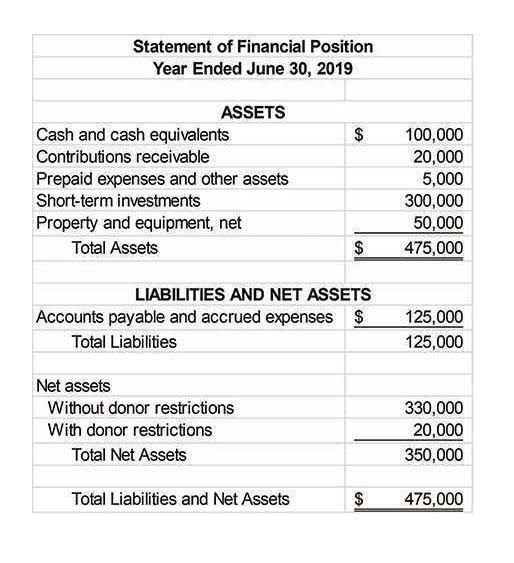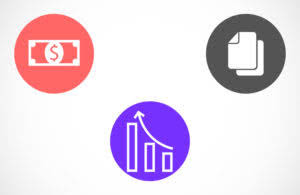Operating Cycle Definition, How to Calculate & Importance
An adjusted trial balance reports account balances after adjusting entries have been recorded and posted. An asset or liability account requiring adjustment at the end of an accounting period is referred to as a mixed account because it includes both a balance sheet portion and an income statement portion. The income statement portion must be removed from the account by an adjusting entry.

Hence, the cash conversion cycle is used interchangeably with the term “net operating cycle”. The companies with high operational efficiency are typically those that provide goods or services with short shelf lives i.e., clothing, electronics, operating cycle etc. Also, high inventory turnover can reflect a company’s efficient operations, which in turn lead to increased shareholder value. An efficient operational process can also help reduce other costs like marketing, finance, etc.
Why You Can Trust Finance Strategists
After entries 1 and 2 above are posted to the Income Summary account, the balance in the income summary must be compared to the net income/loss reported on the income statement. If the income summary balance does not match the net income/loss reported on the income statement, the revenues and/or expenses were not closed correctly. If depreciation adjustments are not recorded, https://www.bookstime.com/ assets on the balance sheet would be overstated. Additionally, expenses would be understated on the income statement causing net income to be overstated. If net income is overstated, retained earnings on the balance sheet would also be overstated. To review, a cost is recorded as an asset if it will be incurred in producing revenue in future accounting periods.

This information can help identify bottlenecks in the production and sales process, leading to improved decision-making and financial performance. Understanding the operating cycle is crucial for businesses across various industries as it provides valuable insights into the efficiency of their operations. Net operating cycle measures the number of days a company’s cash is tied up in inventories and receivables on average.
Calculating the Operating Cycle:
Notice that the total interest expense recorded on the bank loan was $39 – $18 expensed in January, $18 expensed in February, and $3 expensed in March. Subtracting the accumulated depreciation account balance from the Plant and Equipment asset account balance equals the carrying amount or net book value of the plant and equipment asset that is reported on the balance sheet. Remember, your operating cycle is not static; it requires continuous attention and adaptation to changing market conditions. By implementing the strategies outlined in this guide and staying vigilant, you can achieve a more efficient operating cycle, setting your business on the path to financial success. To gain a deeper understanding of how operating cycle management can impact businesses, let’s explore a couple of real-world examples and case studies that highlight the significance of this financial concept. To reduce your DSO, focus on efficient accounts receivable practices, including clear credit policies, prompt invoicing, automated reminders, regular reconciliation, and offering early payment incentives.
This strategic focus on operational efficiency enables companies to adapt to market dynamics, capitalize on emerging opportunities, and withstand economic fluctuations. Efficient operating cycles play a crucial role in the success and sustainability of businesses across various industries. By understanding the impact of optimizing the operating cycle, companies can enhance their financial health, streamline operations, and ultimately improve their bottom line.
1: The Operating Cycle
Depending on the type of business, an operating cycle can vary in duration from short, such as one week (e.g., a grocery store) to much longer, such as one year (e.g., a car dealership). Therefore, an annual accounting period could involve multiple operating cycles as shown in Figure 3.2. Length of a company’s operating cycle is an indicator of the company’s liquidity and asset-utilization. Generally, companies with longer operating cycles must require higher return on their sales to compensate for the higher opportunity cost of the funds blocked in inventories and receivables. Monitoring these KPIs regularly and taking action to improve them can lead to a more efficient operating cycle, improved cash flow, and enhanced financial performance for your business. Days Payable Outstanding (DPO) represents the average number of days it takes for your company to pay its accounts payable to suppliers.